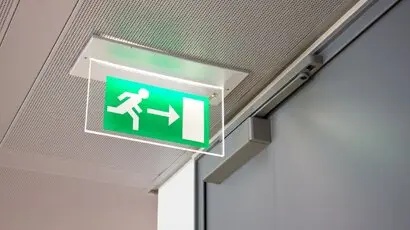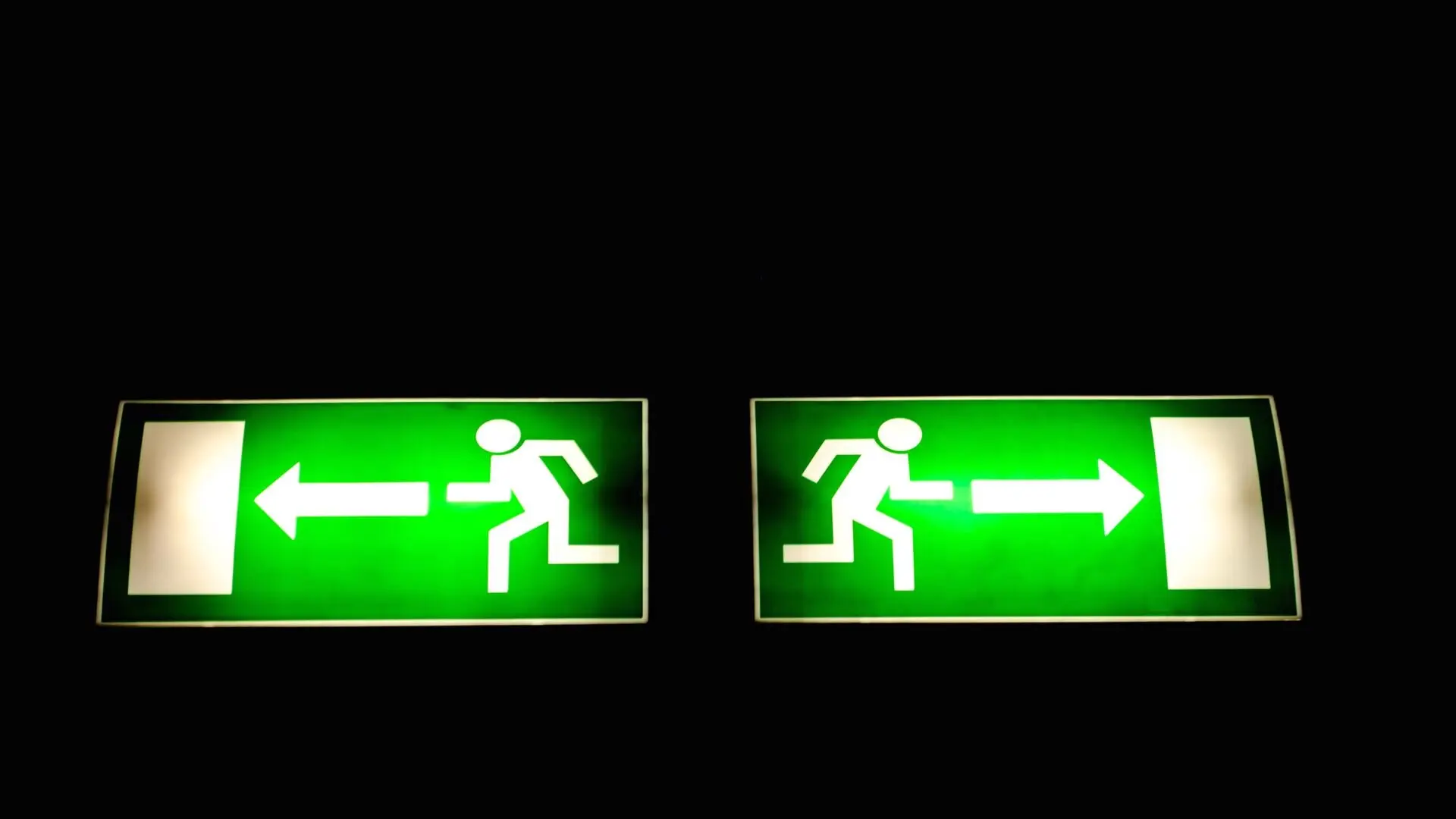
Get your free Melbourne Electrician quote today!
Our team of Melbourne Electricians is here to help you with any questions or concerns you may have. We’re committed to providing you with the best possible service and support.
Selecting the right signage for exit and emergency lighting is crucial for safety and compliance. Discover practical tips to ensure your building meets the highest standards while keeping everyone secure.
Did you know that over 70% of Australians don’t notice exit signage in a commercial space until an emergency? It’s one of those things you don’t think twice about... until the lights cut out, smoke fills the hallway, and those glowing green signs suddenly become lifesavers.
Exit and emergency lighting signage are critical in guiding people to safety during power failures, fires, or other emergencies. But not all signage is created equal—simply slapping up a sign won’t cut it. Outdated, poorly placed or non-compliant signage can lead to serious safety hazards, hefty fines, and potential legal trouble.
This blog will explain exactly what to look for when choosing the right signage. We’ll cover functionality, legal standards like AS/NZS 2293.1, different signage types, and common pitfalls to avoid so your building isn’t just compliant on paper but genuinely safe in practice.
What Counts as Exit and Emergency Lighting Signage ?
When people think of emergency signage, the first image that comes to mind is usually a glowing green “EXIT” sign—but there’s much more to it.

Signs should be replaced at least every 10 years, but it’s best to act sooner if they’re damaged, fading, or no longer compliant. As technology evolves, newer systems like energy-efficient LEDs and high-performance photoluminescent options offer better visibility and lower running costs.
Don’t ignore the impact of environmental factors either—heat, dust, and humidity can shorten a sign’s lifespan. Regular visual inspections and routine testing cycles help catch wear and tear before it becomes problematic.
Staying on top of updates ensures your signage always remains safe, visible, and regulation-ready.
A Smart Investment in Safety and Peace of Mind
Investing in high-quality, compliant exit and emergency signage isn’t just about ticking boxes but protecting people. Clear signage can mean the difference between calm evacuation and chaos in an emergency. It’s not just a legal requirement; it’s a lifeline.
Every building, from retail spaces to industrial sites, should treat emergency signage as a non-negotiable safety asset. Properly installed and maintained signs offer something invaluable—; peace of mind. Knowing your systems are compliant, visible, and ready when it counts brings confidence to every business owner, manager, and tenant.
Need help choosing or upgrading your exit and emergency signage? WP Electrical specialises in tailored solutions for commercial, industrial, and residential spaces. Compliance, safety, and reliability are at the core of what we do. Reach out to our team today for expert guidance and seamless service.
Published by: Pascal Harb17 October 2025